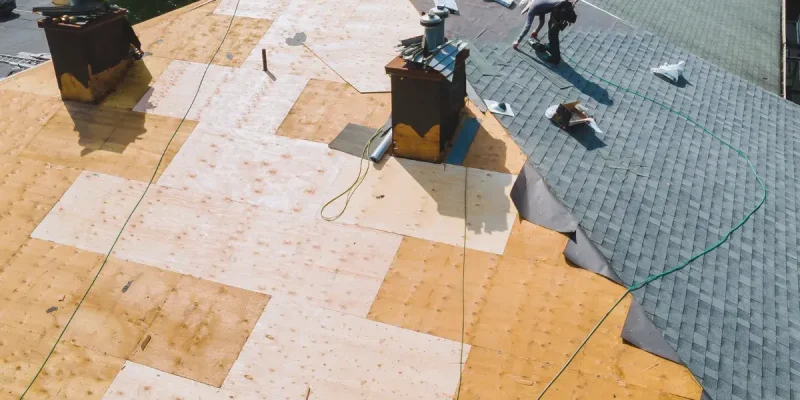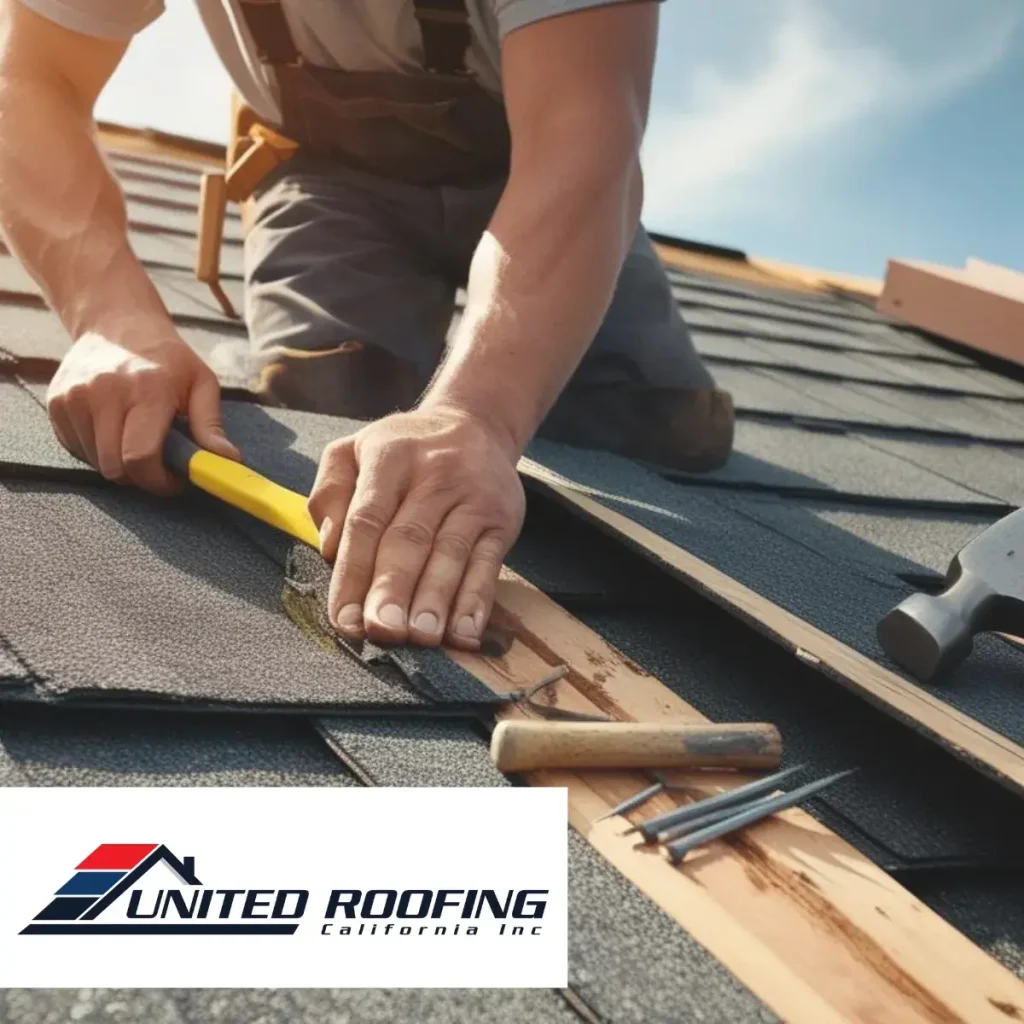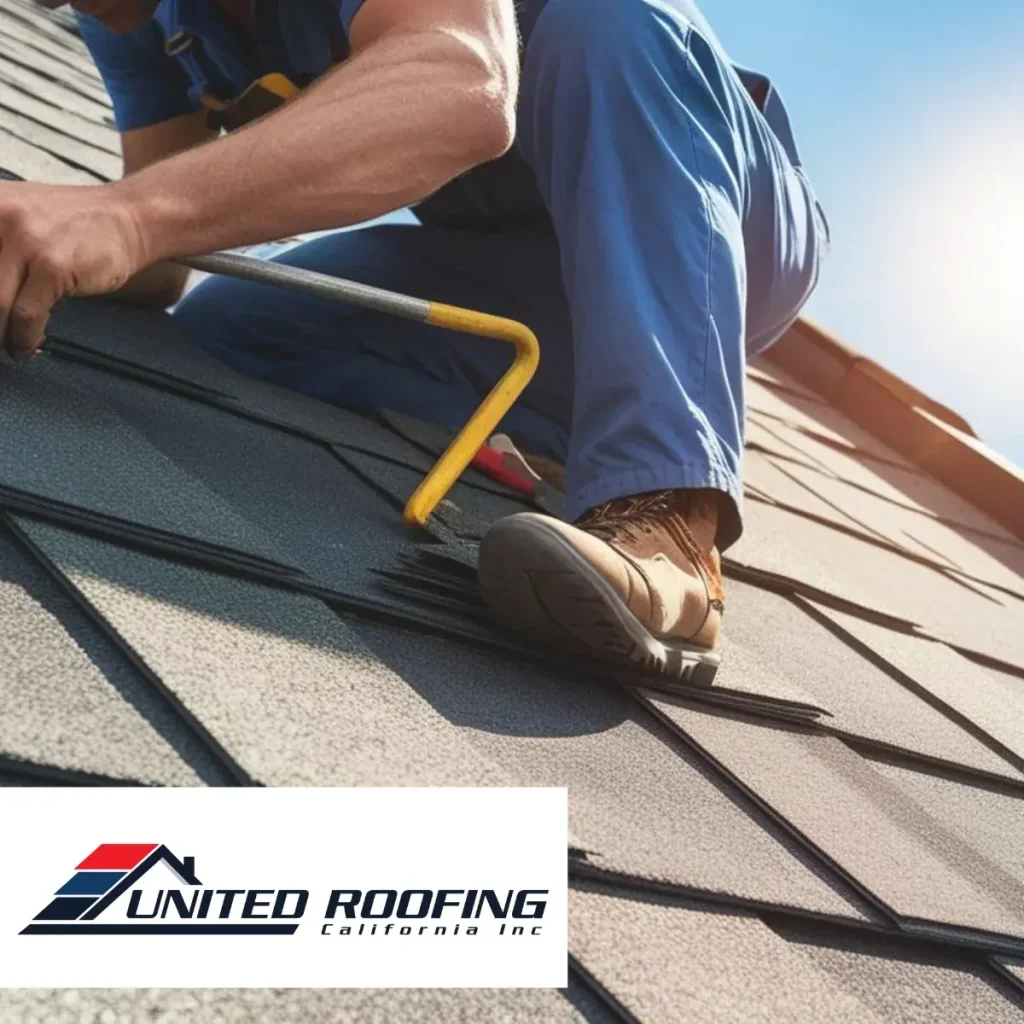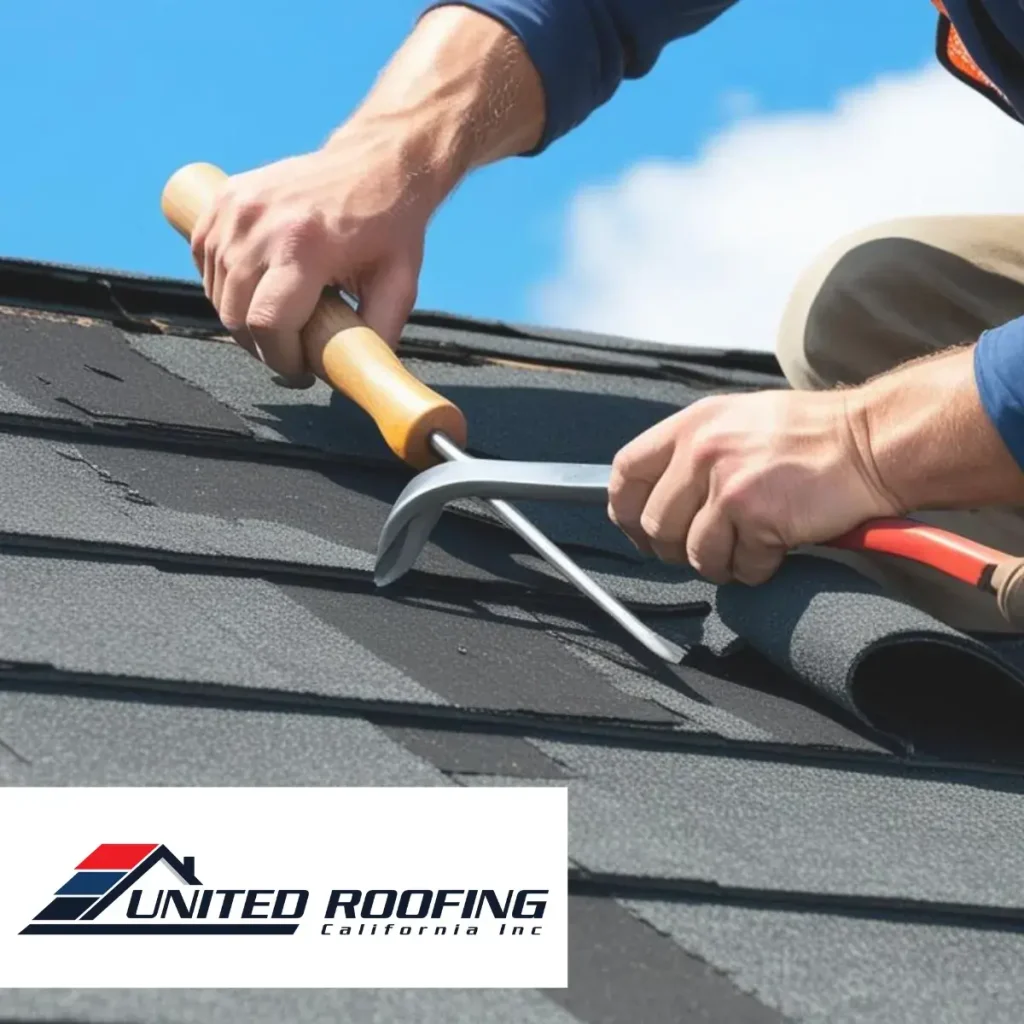Installing a new roof on a commercial building is a major investment that requires careful planning. Business owners often wonder how long the process will take and what steps are involved. While the timeline depends on factors such as building size, weather conditions, and material selection, understanding the process helps set realistic expectations. A well-executed installation ensures durability, efficiency, and minimal disruption to daily operations.
Pre-Installation Planning and Site Preparation
The first step in any roofing project is the planning phase, which involves assessing the current roof, selecting materials, and obtaining necessary permits. Professional inspections identify any structural issues that need to be addressed before installation begins. Business owners also coordinate with contractors to determine the best schedule, ensuring minimal impact on operations.
During this stage, contractors evaluate drainage systems, insulation needs, and local building code requirements. The choice of roofing materials, whether TPO, EPDM, or metal, influences project complexity and duration. Partnering with an experienced commercial roofing provider ensures the planning phase is handled efficiently, preventing delays once construction begins.
Removing the Old Roof and Preparing the Structure
If replacing an existing roof, removal is a critical step that requires careful execution to prevent damage to the building. The duration of this process depends on the size of the roof and the condition of the underlying structure. In some cases, a complete tear-off is necessary, while other projects allow for the installation of a new membrane over the existing surface.
Contractors inspect the roof deck for signs of water damage, rot, or structural weaknesses. Any necessary repairs are completed before the new roofing materials are installed. This phase also includes installing insulation layers, vapor barriers, and reinforcements to improve energy efficiency and weather resistance.
Installing the New Roofing System
Once the roof is properly prepared, installation begins according to the specifications of the selected material. Single-ply membranes like TPO or EPDM require precise adhesion and sealing, while metal roofing involves fastening panels securely to withstand environmental conditions. The installation timeline varies based on weather conditions, roofing type, and building complexity.
Ensuring proper ventilation and drainage is also crucial to prevent future issues such as ponding water or heat retention. Contractors work systematically to complete sections of the roof while maintaining safety protocols. For businesses investing in commercial roofing, high-quality installation practices guarantee long-term durability and performance.
Final Inspections and Post-Installation Maintenance
After installation, a thorough inspection verifies that the roofing system meets all industry standards and manufacturer requirements. Contractors check for proper sealing, drainage efficiency, and adherence to safety regulations. Any minor adjustments are made to ensure optimal performance before the project is officially completed.
Ongoing maintenance plays a key role in extending the lifespan of the new roof. Scheduling routine inspections, clearing debris from drains, and addressing minor wear and tear prevent costly repairs in the future. Establishing a maintenance plan with the roofing provider ensures the investment remains secure and functional for years to come.
Understanding the timeline for commercial roof installation allows business owners to plan effectively and minimize operational disruptions. By working with experienced contractors, selecting durable materials, and following a structured process, businesses can achieve a high-quality roofing system that enhances protection, efficiency, and long-term value.
Learn More
Common Mistakes to Avoid During a New Commercial Roof Installation





